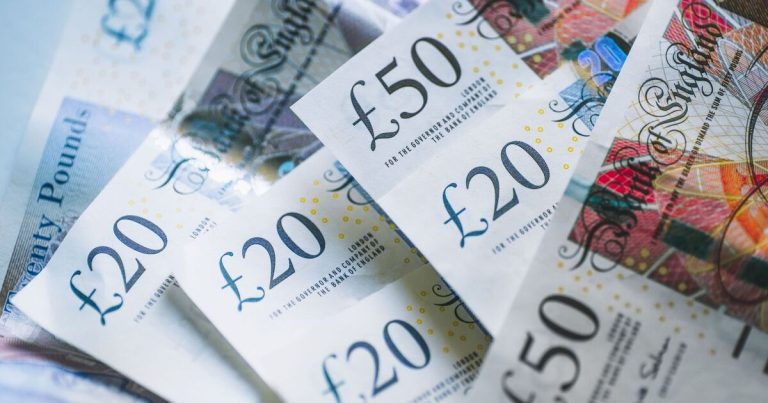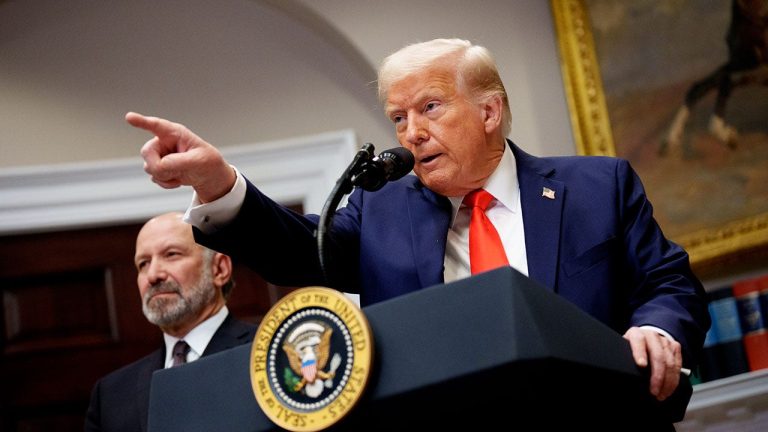
Interest rates on fixed deposits (FDs) are key to determine how much an individual can earn on a lump sum money parked for a certain lock-in period, or maturity tenor. Tax saver fixed deposits for a 5-year lock-in period have become a popular option for Indians to invest in FDs as it comes with an option to claim a tax deduction under Section 80C of the Indian Income Tax, 1961.
Since the Reserve Bank of India (RBI) paused rate hikes, many banks have altered their term deposit rates, from one to 10 years. Remember, senior citizens earn an extra 0.50% to 0.70% rate of interest on FD investments.
Forbes Advisor India has put together interest rates on fixed deposit schemes provided to domestic citizens by major scheduled banks of India, for a deposit sum up to INR 2 crore and maturity tenor up to 10 years.
The interest rate on fixed deposits is accurate as of July 28, 2023.
Fixed Deposit Interest Rates of Public Sector Banks (Up To INR two Crore)
The interest rates on fixed deposits (including special term deposit rates on FDs) provided to general citizens by public sector banks are updated as on Oct. 31, 2023. While we update this information regularly, banks may have revised the rate of interest on fixed deposits since the page was last updated.
Fixed Deposit Interest Rates of Private Sector Banks (Up To INR two Crore)
The interest rates on fixed deposits (including special term deposit rates on FDs) provided to general citizens by private sector banks are updated as on Oct. 31, 2023. While we update this information regularly, banks may have revised the rate of interest on fixed deposits since the page was last updated.
Fixed Deposit Interest Rate of Small Finance Banks (Up To INR two Crore)
The interest rates on fixed deposits (including special term deposit rates on FDs) provided to general citizens by small finance banks are updated as on Oct. 31, 2023. While we update this information regularly, banks may have revised the rate of interest on fixed deposits since the page was last updated.
Reasons to Invest in Fixed Deposits
Individuals can earn interest on FDs to attain their mid-to-long term financial goals. Here, a depositor makes a lump-sum investment to get a fixed rate of return at the time of maturity. However, RoI is not the only factor to choose the best FD scheme.
Investors can choose between regular and tax-saving fixed deposits. Deposits made on regular fixed deposits allow early withdrawal, making it an ideal avenue to park money. However, an exit fee is levied. Tax-saving FDs, on the other hand, do not permit early withdrawal, or before five years, for depositors to get tax benefits.
Tax saver fixed deposits schemes with a lock-in period for five years, and have become a popular option for Indians to invest in such schemes as it comes with an option to claim a tax deduction under Section 80C of the Indian Income Tax, 1961.
Depending on banks, depositors can also avail of secured loans, such as home loan and car loan, against fixed deposits as collateral. Such loans allow borrowers to get a loan up to 80% to 90% of the FD amount. Remember, tax-saving FDs do not offer loans or premature withdrawal facilities.
Remember, almost all banks offer special fixed deposit rates (like mentioned above) on FDs for a fixed tenure (like 400 days, etc).
Overall, banks provide various benefits on fixed deposit saving instruments, which differ from one bank to another. The maturity tenure of the investment on regular fixed deposits usually ranges from a week up to 10 years. Individuals can choose to earn benefits from the saving instrument based on their financial goals.
Related: Different Types of Fixed Income Instruments.
How to Choose the Best FD Rate Scheme?
Factors to consider when choosing the best FD scheme to match your financial goals are as follows:
- Cumulative fixed deposit: Also referred to as reinvestment fixed deposit, here an investor makes a lump-sum deposit for a certain lock-in period. The RoI earned quarterly or annually, along with the principal amount, gets compounded and is paid at the end of maturity tenor.
- Non-cumulative fixed deposit: Here, an investor can choose to invest in a non-cumulative fixed deposit for flexibility to withdraw just the FD interest amount earned from the principal amount either monthly, quarterly, half-yearly or annually, as per the bank’s policy.
NRI Fixed Deposit- Features & Benefits
Financial institutions also allow Indian residents living abroad to invest in fixed deposit schemes and earn interest on their savings. However, there are terms and conditions that follows:
- NRI fixed deposits are subject to minimum deposit tenor of one year up to 10 years.
- Most banks have minimum deposit requisite on NRI FDs, however, there’s no upper ceiling on the investment.
- NRIs can earn attractive rates on their FDs. Moreover, some banks also allow NRIs to earn interest payout benefits on FDs to choose from monthly, quarterly, or on maturity.
- Most banks do not charge taxes on the interest earned on NRI fixed deposits.
- NRIs have options to invest on FDs via wire transfers from their overseas account to NRI account in India.
- Money can also be sent via digital remittance services for swift transfer, or use e-wallet, to cite examples.
Frequently Asked Questions (FAQs)
Do banks offer tax saving benefits on fixed deposits?
Investors can earn up to INR 1.5 lakh per financial year on tax saver fixed deposits which comes with a maturity tenure of five years. Such tax-saving FDs, however, do not offer loan benefits or premature withdrawal facilities.





